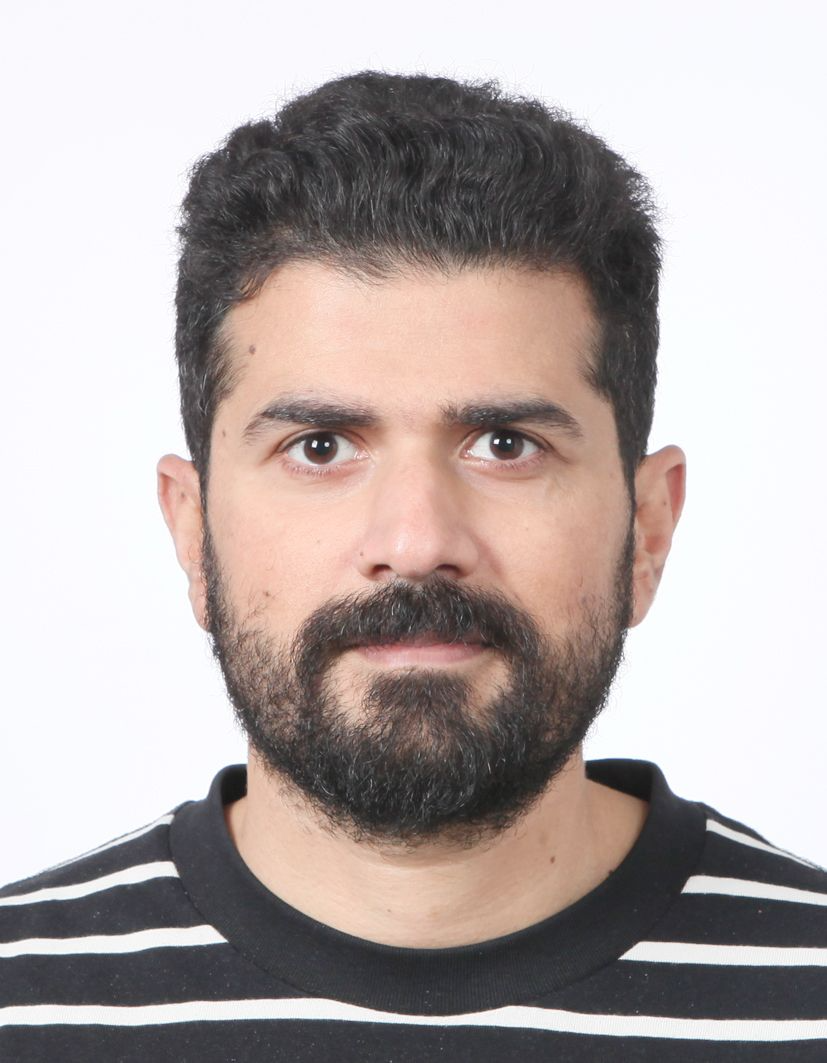Voices from the Lab: Meet Dr Zaid Akram
27 Aug, 2025

Dr Zaid Akram’s work focuses on developing smarter technology that can perform sensing and communication using an integrated and unified hardware. I am exploring how a single radar system can detect vital signs, such as a person’s heartbeat and breathing, while also transmitting that information wirelessly. This approach has the potential to improve how we monitor health, making it more accessible and reliable, especially in environments where traditional sensors are less effective. For anyone following a similar path, I would encourage staying curious and open-minded. Progress often comes through steady exploration and a willingness to see problems from new perspectives.
Zaid Akram is currently working as a Research Assistant at James Watt School of Engineering, University of Glasgow, Glasgow, UK. He also served as a Postdoctoral Researcher at the School of Electronic Information and Electrical Engineering, Shanghai Jiao Tong University, Shanghai, China from June 2022 to March 2024. He completed his PhD in Electronic Science and Technology and Master in Electronics and Communications Engineering from BUPT, China in 2021 and 2016, respectively. He is awarded with Chinese Government Outstanding Internation student award in his PhD and best student award in his master studies. His research area includes designing of RF front ends, Antennas, Reconfigurable Intelligent Surfaces and complementary metal-oxide-semiconductor (CMOS) metasurface. Zaid has contributed to the antenna field, having published several research articles in highly esteemed journals and peer-reviewed conferences.
What specific challenge is your research trying to solve, and why does it matter now?
We are working on a challenging problem where we use an FMCW radar system to both sense human vital signs and transmit that data wirelessly over the same X-band signal. The real challenge is getting accurate readings of tiny body movements, like breathing or heartbeats, while also making sure the communication link stays strong, especially in tricky non-line-of-sight (NLOS) situations. This matters now more than ever as we push for smarter, more compact solutions for remote health monitoring in homes, hospitals, and even disaster zones
How does your project contribute to the overall goals of CHEDDAR (or your hub)?
Our project directly contributes to CHEDDAR’s goals by focusing on Integrated Sensing and Communication (ISAC), a fundamental pillar of the hub. We are developing an integrated hardware platform capable of performing both sensing and communication tasks, along with algorithms that ensure efficient and reliable operation. This integration supports CHEDDAR’s aim to build compact, energy-efficient systems for real-time applications in complex and dynamic environments.
Can you walk us through a recent breakthrough or discovery and what it means for your field?
In our opinion, a recent breakthrough in the ISAC field comes from a study titled “Zero-Power Integrated Sensing and Communication in Smart Healthcare Environments.” The researchers demonstrated a system that uses passive RFID tags to perform both sensing and communication without an onboard power source. Their approach combines secure key generation and falls detection using advanced machine learning, achieving over 95 percent accuracy. This work highlights the growing potential of low-power integrated systems in healthcare, which is closely related to the goals of our research.
What’s something the public might misunderstand about your area of research?
People often think radar sensing and communication for vital signs is like using a regular wireless device. But the same radar system has to do two jobs at once: it needs to detect tiny movements like breathing and heartbeat and also send data to another device. This is hard because the signals are very weak and can get mixed up with other signals or noise. That’s why special technology and methods are needed to make it work well.
How do you measure impact or success in your work?
We measure success by how well our system can accurately detect vital signs like heartbeat and breathing while also sending data without interruptions. We also look at how reliable it is in different situations, like when there’s no direct line of sight. If our system works consistently integrated hardware, that means we are making good progress.



